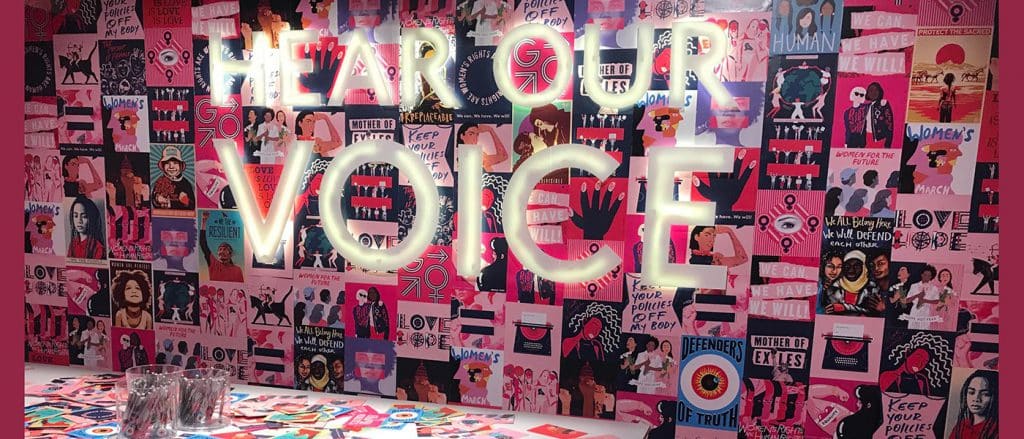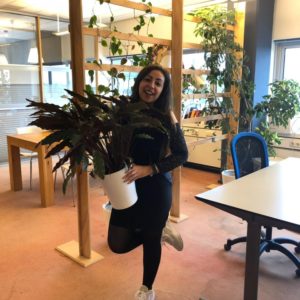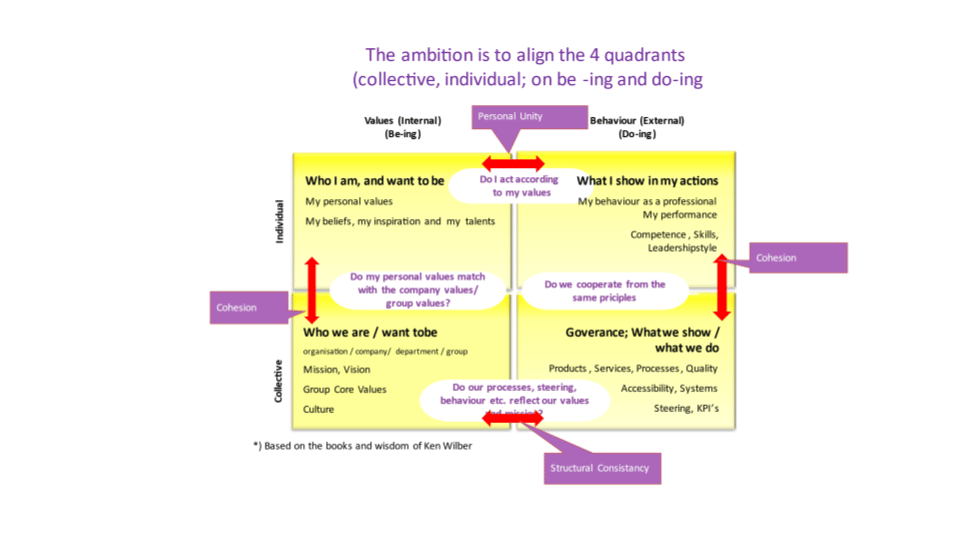“We want to be subversive, to transform our audience, to confront them with some disarming statements, backed up by facts—and great visuals—and hopefully convert them.” —THE GUERRILLA GIRLS
Artivism has been said to have originated in Los Angeles in the late ’60s. However, Steve Lambert of The Center of Artistic Activism reflects that “there was always something that came before. When you start looking closely, every successful activist movement involves creativity, culture, and innovation.
Artivism, as the name suggests, combines the words ‘Art’ and ‘Activism’. It refers to when art is used as a form of protest/expression or simply provokes action.
Historically artists inspired nations to action or at least expressed what nations were feeling in artistic work, both are faces to the same coin of expression of opinions, ideas, and rebellions using the different media of art.
The use of the creative expression to cultivate awareness and social change spans various disciplines including visual art, poetry, music, film, and theater. To make their points, artivists cleverly employ artistic methodologies to address social norms.
Why Artivism Can Drive Social Change
Artists have often played a key role in social movements around the world, addressing issues ranging from immigration to sexism to gun violence. In general; for transformation to happen within one society, it needs more than only the brain; arts allow us to resonate on a deeper level; it creates heart-to-heart connections and strengthens the inner knowing of what needs to be done
Every type of art can be used to communicate social, political, and environmental issues, including illustration, photography, and videography. Each artist takes a different and unique approach. There’s no right or wrong way to do this as it is about expressing what you feel about the world and our society.
Each of history’s greatest artists and innovators has shared a common quality: Purpose. Picasso’s 1937 painting, Guernica, was a post-bombing warning against war. John Lennon’s 1971 song, Imagine, was a musical plea for unity. Harper Lee’s To Kill a Mockingbird Was a commentary on racism, and Banksy’sstreet art has roots in anti-fascism, anti-capitalism, anti-classism, environmentalism, and more. Arts have never been just arts; they’re weapons in a war of social reinvention and voices in a collective shout for human improvement.
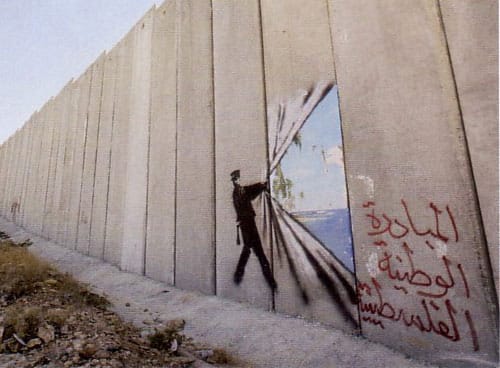
MasterPeace’s Artivism Theory of Change: Engage, Connect, Empower
MasterPeace believes to get people empowered to act on topics they are passionate about, there have to have two steps prior to that: 1- Engage through activities that trigger their sense of self-awareness, self-confidence, and self-expression 2- Connect with like-minded peers and stakeholders to eventually get empowered to be active citizens. 3- Empower youngsters ( or the wider citizens) to express themselves and get actively engaged in current issues.
Our approach to putting young people youngsters in the lead is based on a three-phased approach (in line with the MasterPeace approach which is in line with the youth strategy developed by the EU in 2021( https://europa.eu/youth/strategy/euyouthstrategyplatform_en);
Engage 2) to connect 3) to empower
MasterPeace based its ‘theory of change on the three steps, with an outlook on the Ken Wilber Model (integral model), which divides individual and social psychology through four quadrants:
Individual —> Internal / External
Collective —> Internal / External
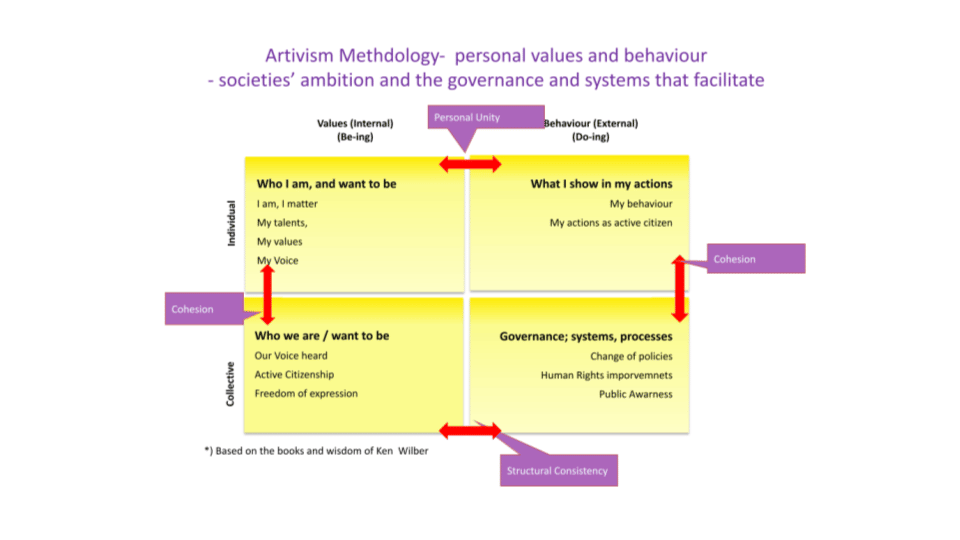 With the final aim to work toward ‘active citizens who are engaged in social, cultural, economic, and political issues, this requires open self-expression, connection with stakeholders and empowerment to change policies that match the needs of society.
With the final aim to work toward ‘active citizens who are engaged in social, cultural, economic, and political issues, this requires open self-expression, connection with stakeholders and empowerment to change policies that match the needs of society.
In our approach we use the model invented by Ken Wilber:
Example: Artivist Stafete Methodology Project
Methodology of artivism: activism through the arts. Art is most often thought to be politically powerful because of its ability to reach new audiences in an intimate, sensorial way. We chose this methodology precisely given that our target groups (young women and young LGBTIQ+) are minorities in Albania, marginalized from the mainstream narrative. By granting the Albanian civil society sector soft-skill methodologies embedded in artivism, the project seeks to grant participating CSOs added advocacy power through art.
Artivist Stafete uses three phases ( connected to Ken Wilber)
1- Phase 1: Soft Skills Methodology Trainings:
In the training modules, we seek to increase the competencies of CSO employees and grassroots initiative leaders, volunteers, and affiliates, introducing and familiarizing them with the use of artivism for self-expression and active citizenship. We organize a broad variety of training in several soft skill methodology disciplines, contributing to a strengthened, more robust, and less independent Albanian civil society sector.
Artivism Methodology 101
Soft Skills Methodology Film
Soft Skills Methodology Podcast
Soft Skills Methodology storytelling
Soft Skills Methodology Walls of Connection/street art
Connection to Ken Wilburg:
Individual Unit ( Internal)
Collective ( Internal)
2- Phase 2 Workshopping & Productions
Providing a safe space for artivists to translate the methodologies work into actual productions of self-expressions and developing products in the methodologies of artivism skills they got trained in.
The phase includes:
Give artists space to work on their artistic productions in open and safe space
Continue work/advise artists on their artistic work
Provide support through the process
The document, make social media posts
Connection to Ken Wilburg:
Individual Unit ( Internal) + ( External)
Collective ( Internal)
3- Phase 3 Hackathons & Showcasing
The soft skill methodology training results in a series of creative outputs (films, podcasts, stories, and artwork) produced by participants, also to be hosted on an online platform, driving traffic to it from diverse dissemination tools (social media, CSO network, partner organization networks, etc.).
In addition, teams need to showcase their products ions in 3-5 days Hackathons, which is designed to further empower the civil society landscape through interconnectivity and national-international cooperation, thus contributing to a more independent and more diverse landscape of Albanian civil society landscape; enhanced connectivity between signed CSOs, third-party CSOs, and grass-roots initiatives with wider stakeholders (municipalities, local
government, wider audience). These events are the conclusion of the 3-month rotating cycles, creating a cross-sectorial encounter in which CSOs and grassroots active citizenship initiatives meet, exchange, and connect, sharing success and failure stories on creating concrete policy papers, proposals to local decision-makers, the role of art in policy-making and democracy, etc., ultimately fuelling a continuous best practice-exchange between key stakeholders in active citizenship: CSOs, artivists, local government representatives and participating individuals from our target groups themselves to inspire and be inspired by each other.
Connection to Ken Wilburg:
Individual Unit ( Internal) + ( External)
Collective ( Internal) + ( External)

